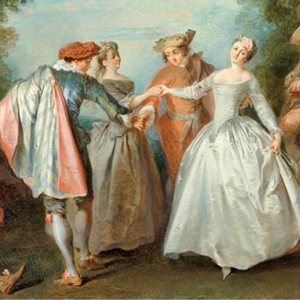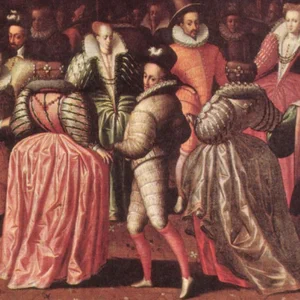International Historical Dance Symposium 2026
“Transitions” – Dance in times of Change, 1400–1900 3–7 June 2026, Burg Rothenfels am Main, Germany Registrations are now open for the 6th Historical Dance Symposium. For centuries, dance has accompanied people through their daily lives, atjoyful celebrations and ceremonial occasions, in private as well as atmagnificent court balls. But how does our dance change when our lives change?When religious wars shake all foundations, old enemies become friends, newworlds are discovered and boundaries are broken down? What influence did theturbulent times of European history between 1400 and 1900 have on the occasions,practices, styles and functions of dance? When and where were therecontinuities, ruptures or parallel developments? Did they follow fashions andnew artistic trends, conquests and migrations or philosophicalcurrents? Changes and transitions in European social and stage dance in theeventful years…







